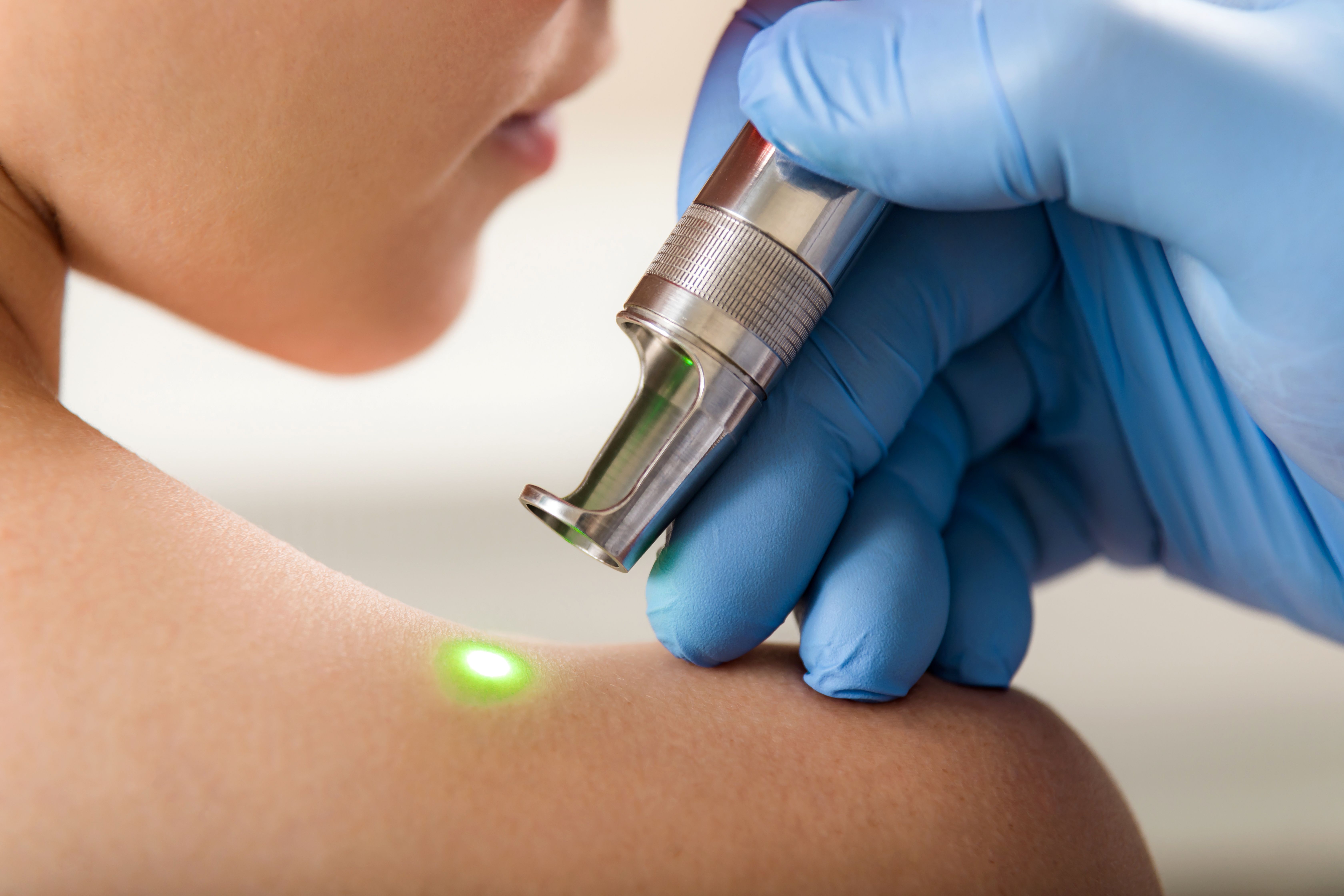- Case-Based Roundtable
- General Dermatology
- Eczema
- Chronic Hand Eczema
- Alopecia
- Aesthetics
- Vitiligo
- COVID-19
- Actinic Keratosis
- Precision Medicine and Biologics
- Rare Disease
- Wound Care
- Rosacea
- Psoriasis
- Psoriatic Arthritis
- Atopic Dermatitis
- Melasma
- NP and PA
- Skin Cancer
- Hidradenitis Suppurativa
- Drug Watch
- Pigmentary Disorders
- Acne
- Pediatric Dermatology
- Practice Management
- Prurigo Nodularis
- Buy-and-Bill
News
Article
Diamond-Augmented Zinc Oxide Technology Demonstrates Efficacy in Wound Healing, Collagen Synthesis, and More
Author(s):
ND-ZnO technology also demonstrated substantial skin permeation and active ingredient delivery.
Diamond-augmented zinc oxide (ND-ZnO) technology proved efficacious in enhancing wound healing, improving collagen synthesis, and active ingredient delivery via skin permeation, according to a study published in the Journal of Cosmetic Dermatology.1
Researchers reported that the technology also improved human dermal fibroblast migration versus controls, and healing was more significant versus post-ablative CO₂ laser.
Background and Methods
Compared to conventional zinc oxide preparations, ND-ZnO has previously demonstrated enhanced ultraviolet protection and marked reductions in reactive oxygen species generation.2 These enhanced capabilities, according to authors of the present study, may make it even more suitable in dermatologic and aesthetic applications.
Researchers conducted in vitro assays, including a scratch wound assay, collagen ELISA, and a transdermal delivery test, and assessed clinical case studies involving 2 patients. The in vitro tests used fibroblast cultures and diffusion cells to measure cell migration, collagen production, and skin permeation, respectively, and the clinical trials compared ND-ZnO cream's effects to other treatments.
Findings
The study found that ND-ZnO technology significantly enhanced the migration and proliferation of human dermal fibroblasts. In a wound healing assay, fibroblasts treated with ND-ZnO demonstrated a statistically significant improvement in wound closure compared to untreated controls, achieving an average wound closure rate of approximately 50%—nearly double that of the control group, which showed only about 25% closure.
Fluorescence microscopy further supported these findings, revealing more pronounced fibroblast activity and wound closure in samples treated with ND-ZnO. The increased green fluorescence in treated samples indicated a higher density of fibroblasts actively involved in wound repair.
Clinical case studies also found that patients who applied ND-ZnO cream post-ablative CO₂-laser treatment experienced faster and more effective healing compared to those treated with the standard of care product.
ND-ZnO treatment demonstrated an ability to significantly prevent and reverse collagen degradation caused by ultraviolet A exposure. In post-treatment evaluations, ND-ZnO not only preserved collagen production but also enhanced it by about 19% compared to unaged control cells.
Pre-treatment results revealed that ND-ZnO restored about 71% of the collagen production capacity lost due to aging, outperforming the positive control group.
In addition, researchers found that when combined with a 5% niacinamide solution, ND-ZnO technology significantly enhanced skin absorption and enhanced active ingredient delivery.
Over a 12-hour period, ND-ZnO achieved a statistically significant relative skin absorption rate of 6.85%, more than double the 3.37% absorption observed with niacinamide alone.
Conclusions
Potential limitations of the study, as noted by researchers, included its limited sample size and lack of formal Institutional Review Board approval.
"ND-ZnO serves as a multimodal skin regeneration agent by providing high UV absorption, wound healing, collagen restoration, and assisted transdermal delivery of actives such as niacinamide in preclinical and clinical studies," according to Zhang et al. "This new science provides a new way in addressing comprehensive skin regeneration needs."
Moving forward, study authors recommended further research involving a larger sample size with a diversity of aging-associated skin conditions represented.
References
- Zhang XD, Teng C, Bai X, et al. Enhanced skin regeneration and therapeutic delivery using novel diamond-augmented zinc oxide. J Cosmet Dermatol. July 31, 2024. https://doi.org/10.1111/jocd.16508
- Davalli P, Mitic T, Caporali A, Lauriola A, D'Arca D. ROS, cell senescence, and novel molecular mechanisms in aging and age-related diseases. Oxidative Med Cell Longev. 2016; 2016: 1-18.
Newsletter
Like what you’re reading? Subscribe to Dermatology Times for weekly updates on therapies, innovations, and real-world practice tips.






